Strawberry (Fragaria x ananassa) is a genus of more than 20 flowering plants in the rose family (Rosaceae) widely cultivated for their edible fruit. It is extremely popular and rewarding, not just in harvest size but in looks, and they are incredibly easy to grow.
Even though they are rewarding and easy to grow, they are often disturbed by many pests, including aphids and nematodes. Companion planting is the only way to prevent these pests from plaguing your strawberry garden. Companion planting improves the overall health of plants.
25 Strawberry Companion Plants
Certain companion plants attract beneficial insects to your garden while preventing pests and diseases. Here is a list of great companion plants for your strawberry plants. These plants will offer problems protection and boost the flavor of your strawberries.
1. Sage

Sage (Salvia officinalis) is a hardy perennial plant that emits a strong odor. It helps mask the sweet scent of your strawberries, making them undetectable to destructive pests. Sage is rich in antioxidants and can help support oral health and brain function.
Benefits: Repels pests and improves fruit flavor, and it is also helpful in keeping the slugs away from your strawberries.
How To Plant: There are so many varieties of sage, but most of them require a warm, sheltered position in full sun, but can also grow well in partial shade. Plant sage at the ends of strawberry rows or in a perennial bed in relatively fertile, well-drained soil.
2. Lupine

Lupine (Lupinus) is another beautiful flower to plant alongside your strawberries. They display showy spikes of densely packed blossoms on stiff stems and green foliage covered in fine gray hair. They are members of the Lupinus genus, which belongs to the Fabaceae family of plants.
Lupines are nitrogen-fixing and can improve soil fertility. Their leguminous nature means they make nitrogen available to strawberries and improve their vigor, so you don’t have to fertilize them.
Benefit: Improve soil quality, repel pests and fix nitrogen.
How To Plant: Lupines grow about 1 to 4 feet tall, the leaves are grey-green with silvery hairs, and the flowers look like pea flowers. Select a spot in full sun or light shade, then loosen the soil to a depth of about 1 to 1-1/2 foot.
Go and sow the seeds directly in the ground in early spring or fall. If you start the seedlings indoors, you can transplant them when they are about 4 to 6 weeks old.
3. Nasturtium

Nasturtiums (Tropaeolum spp.) are easy-to-grow flowers with various colors ranging from yellow, orange, red, and cream colors. Nasturtiums are perfect for growing in containers and hanging baskets, and they can also be used to adorn fences and walls.
Benefits: Attracts beneficial plants and repels insects. Their spicy scent can distract whiteflies, aphids, and various types of beetles that may want to eat your strawberries.
How To Plant: Nasturtiums grow up to 10 feet tall and 3-5 feet wide, so keeping these plants out of the strawberry bed is advisable. They grow best in well-drained, poor soil.
4. Sweet Alyssum

Sweet Alyssum (Lobularia maritima) is a great strawberry companion plant. The flowers are most often found in a crisp, clean white. Sometimes, you see deep purple, light pink, or soft peachy-hued varieties.
Benefits: Attract beneficial plants.
How To Plant: Sweet alyssum can grow about 6-12″ wide. So plant them at the ends of rows to draw more pollinators to your garden. You can grow sweet alyssum from seeds or directly transplant it into your garden from nursery flats.
5. French Marigolds
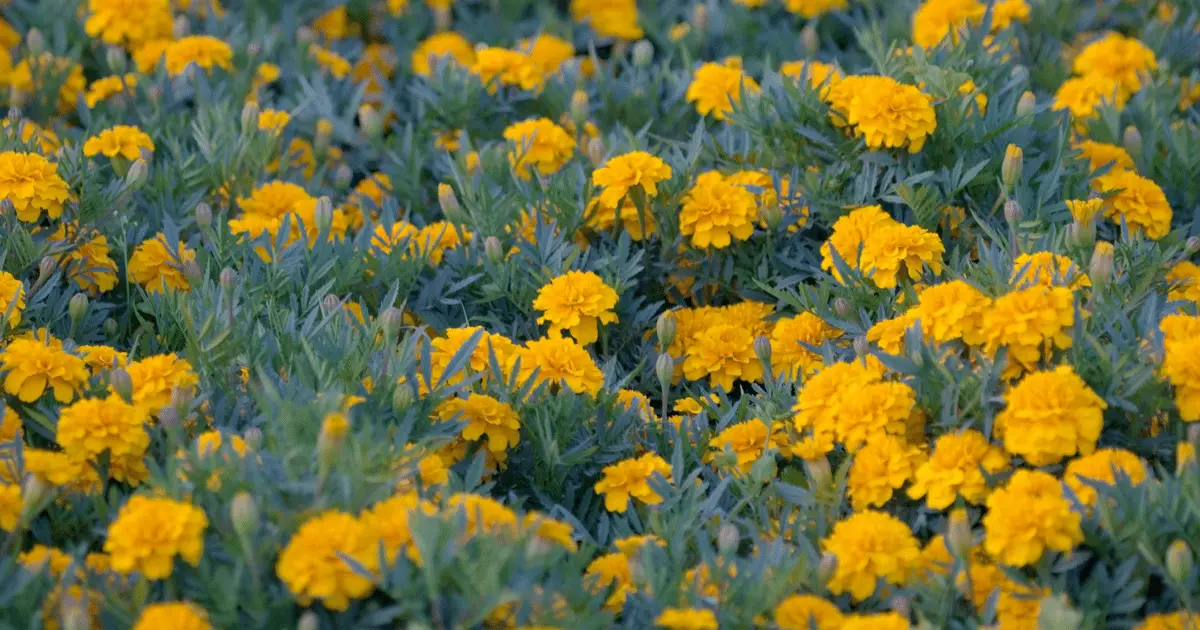
French Marigold (Tagetes patula) is a plant that exhibits beautiful flowers during the summer. They are also bushy annuals; the flowers come in various combinations of reds, oranges, and yellows. They have dentate, oblong leaves that are dark green with an almost lacy appearance.
Benefits: Repel root-knot nematodes, whiteflies, and rabbits. Root-knot nematodes are destructive pests of strawberries that can ultimately stunt and eat the plant roots. French marigolds flowers have repellant properties that help keep whiteflies and rabbits away.
How To Plant: There are two ways to plant French marigolds, either from seed or transplant. These flowers are great for growing around the four corners of a raised strawberry or interplanting a few plants every 3-4 feet between rows of berry plants.
6. Borage
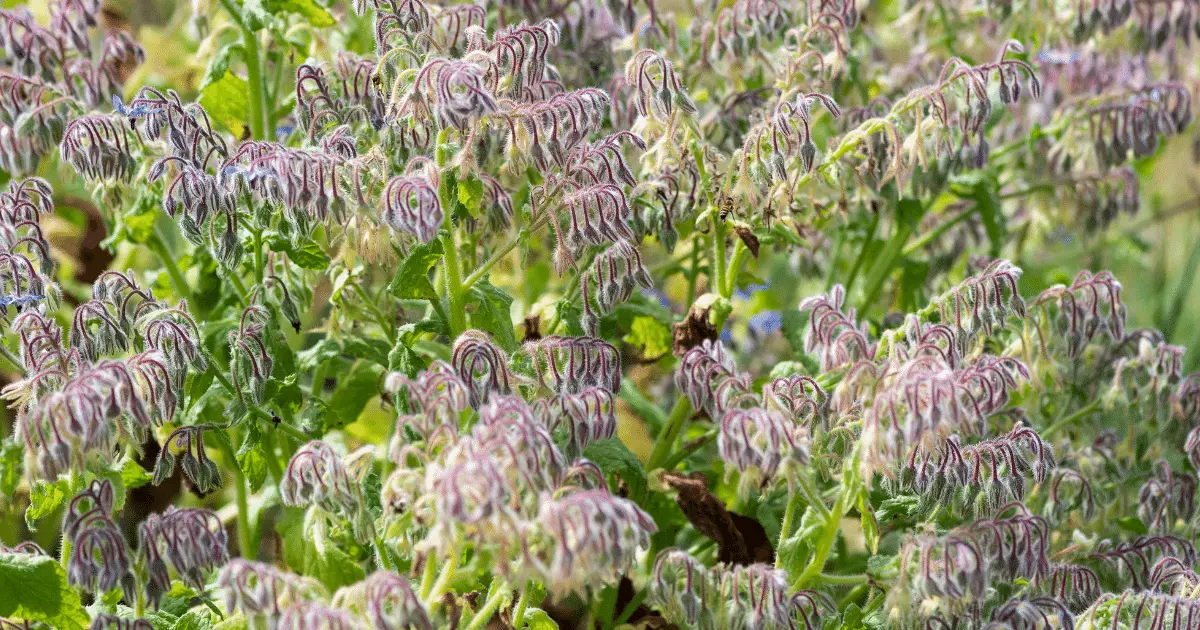
Borage (Borago officinalis) is a beautiful deep-blue flower that attracts pollinators and other beneficial insects to your strawberries while preventing them from diseases.
Benefits: Borage prevents strawberries from worm attacks while attracting important predators like parasitic wasps. Borage also makes trace minerals more available to your strawberries and, in turn, improves their fruit sets.
How To Plant: Borage can grow up to 2 feet tall, so you need to plant it on the perimeter of your strawberry beds at least 1-3 feet away from your berry plants.
7. Caraway
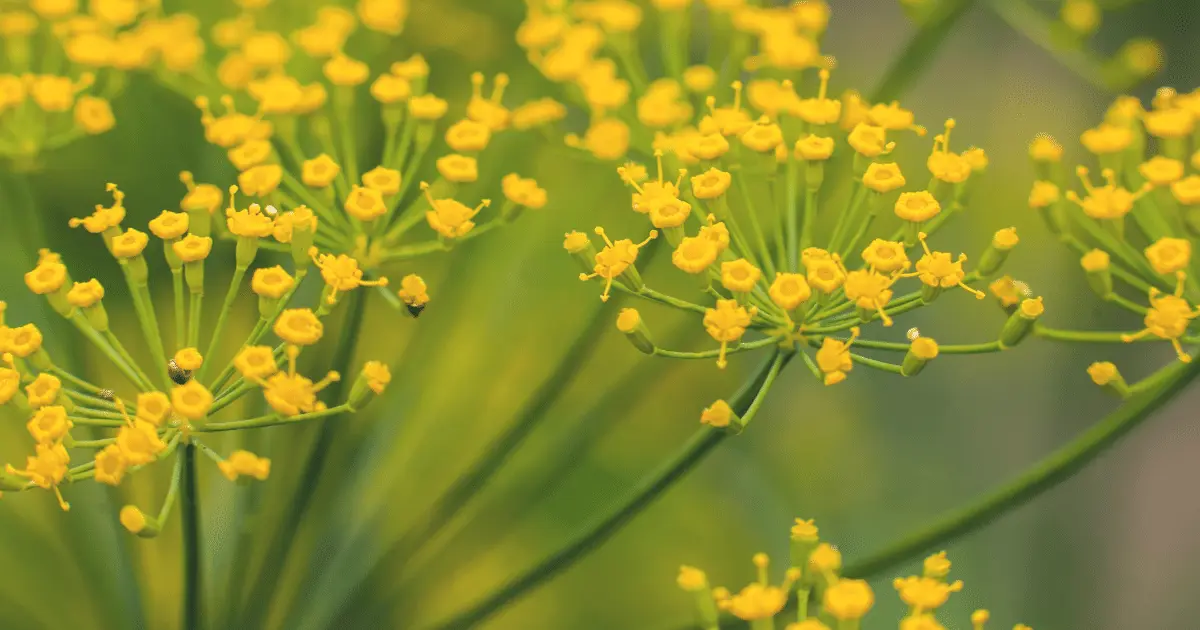
Caraway (Carum carvi) is a biennial plant often grown for its thin, crescent-shaped seeds. As a biennial herb, caraway develops a low-growing rosette of leaves in the first year and flowers and sets seeds in the second year.
Benefits: Attract predator insects and condition the soil. Caraway is the perfect companion plant for strawberries because it acts like a soil conditioner. They have super long taproots that can help break up heavy soils to make it easier for strawberries to grow.
How To Plant: Plant Caraway in your strawberry beds about 2-3 feet away from your strawberry plants.
8. Catnip
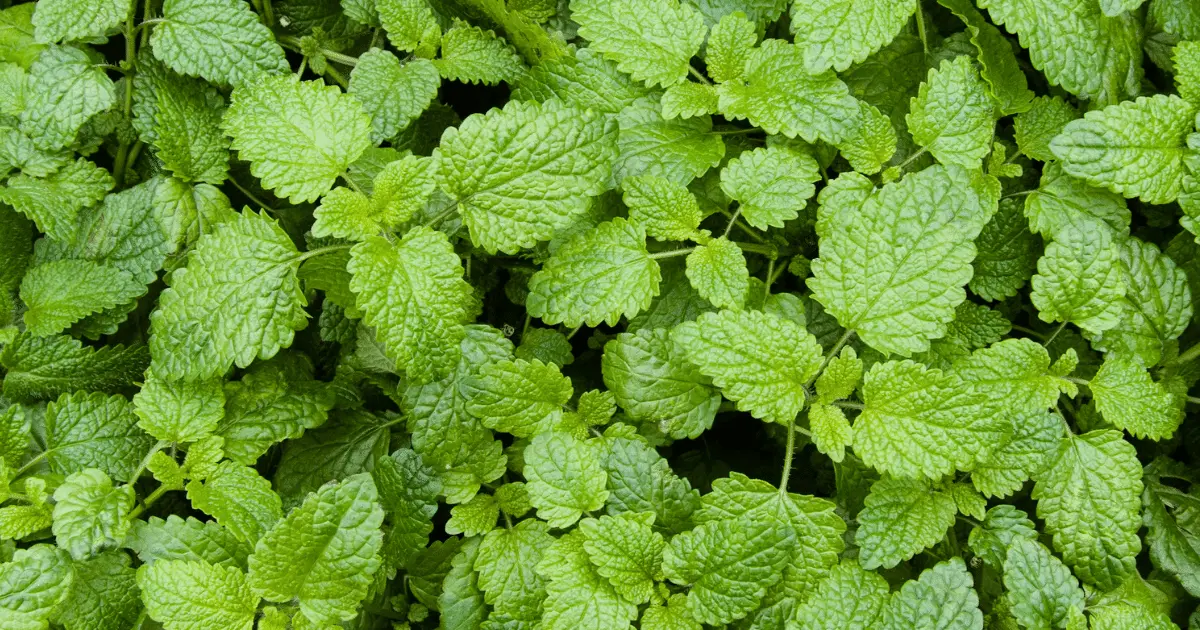
Catnip (Nepeta cataria) is a common herb that has long been associated with cats. Catnip’s aroma compels cats to sniff, lick and chew its flowers and leaves. Then rub their faces and bodies on the plant.
Benefits: Attract beneficial insects and repel pests.
How To Plant: You can grow catnip at the row-ends or corners of strawberry beds.
9. White Clover
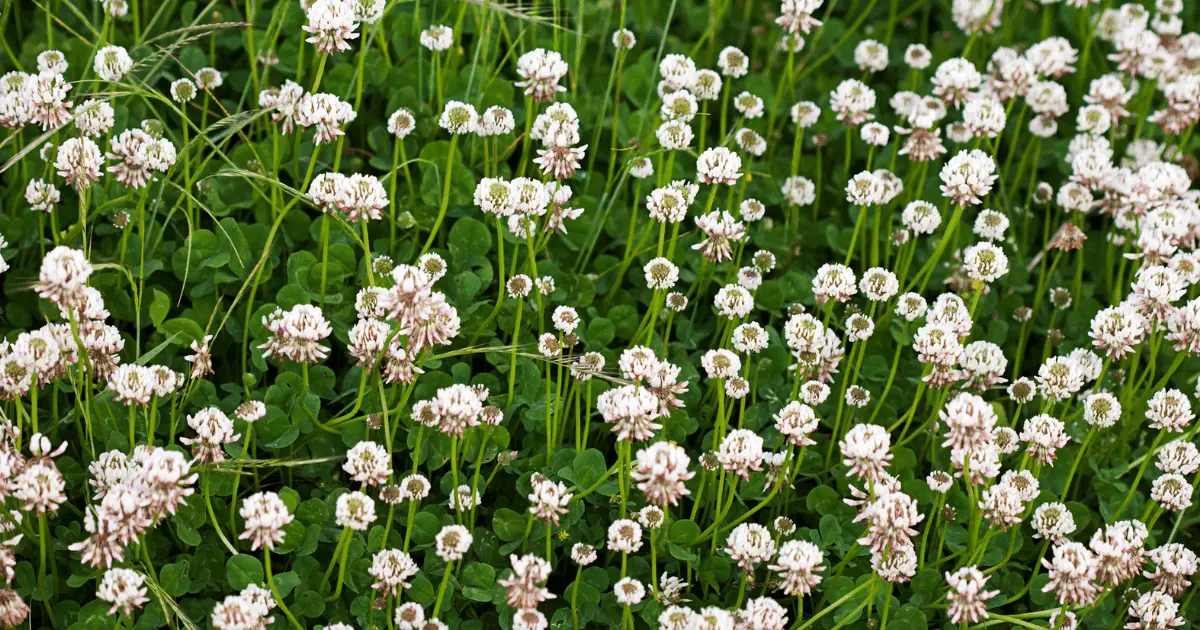
White Clover (Trifolium repens) is a low-growing perennial known predominantly as a cover crop. White clover grows rapidly, and it is a long-lived genuine clover that spreads by creeping stems called stolons.
Benefits: Attracts beneficial insects, acts as a living mulch, and fixes nitrogen.
How To Plant: It’s best to plant white clover in spring or summer during warm weather. Keep it out of the strawberry rows; plant it in the pathways if you have raised strawberry beds that prevent the clover from creeping in.
If you have a lawn mower to keep it under control, plant clovers as a walkway or aisle-covering plant. Then mow it every 1-3 weeks, and it will continuously bloom without spreading too widely.
10. Phacelia

Phacelia (Phacelia), also known as “purple tansy,” is an annual flowering plant related to borage. It is one of the most beautiful and unique garden flowers, fast becoming a common clover crop and border plant on commercial organic farms.
Phacelia has a high value as an insectary plant and provides protein-filled pollen for egg production and nectar with carbohydrates for energy. Phacelia is the perfect companion plant for strawberries because it has a deep fibrous root system that digs down 30 inches or more.
Benefits: It is a perfect mulch crop, Improves soil quality, attracts beneficial insects, and suppresses nematodes.
How To Plant: Phacelia is quick to establish and super easy to sow into your garden, and it can quickly grow 24-40″ tall and wide. On this note, plant phacelia in a bulk perimeter, a few feet away from a strawberry patch. This makes it easy to rake crop residue onto the strawberry beds as mulch once fall frosts arrive.
11. Coriander
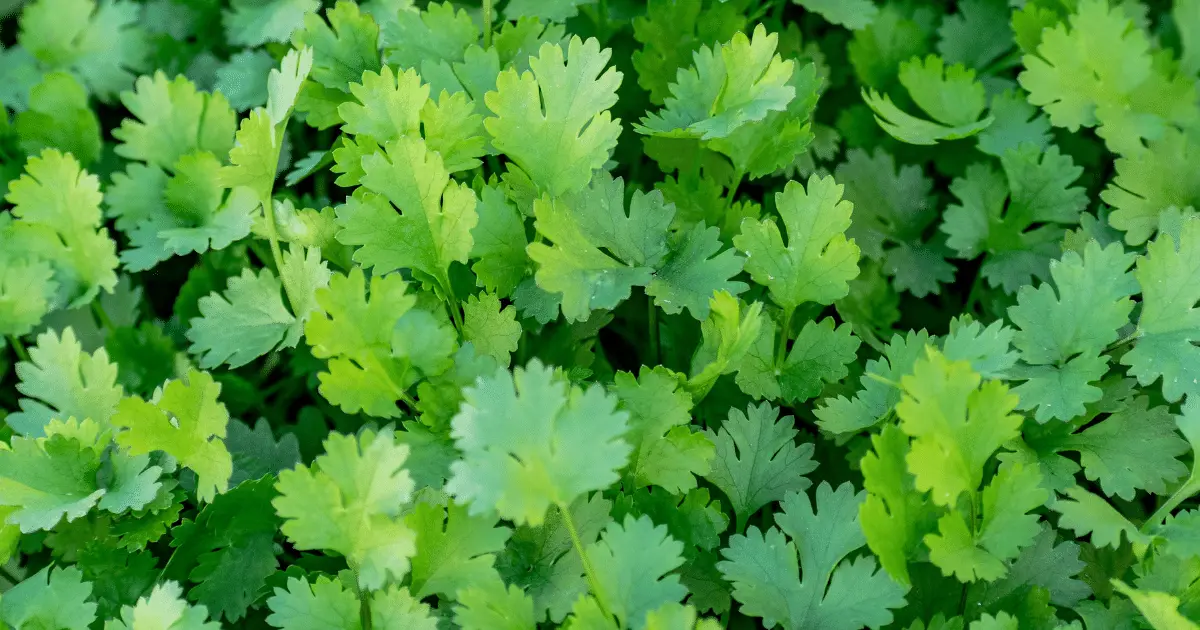
Like cilantro and dill, coriander (Coriandrum sativum) is a versatile herb in the garden that has become more beneficial for strawberries once it bolts. Coriander comes from the coriandrum sativum seeds and is related to parsley, carrots, and celery.
Benefits: Attracts beneficial insects and repels pests. Coriander has a relatively strong scent that repels pests while attracting predatory insects. Their strong scent also repels garden pests like aphids, potato beetles, slugs, and spider mites.
How To Plant: Plant coriander seeds in light, well-drained soil and space them 1-2 inches apart.
12. Alliums
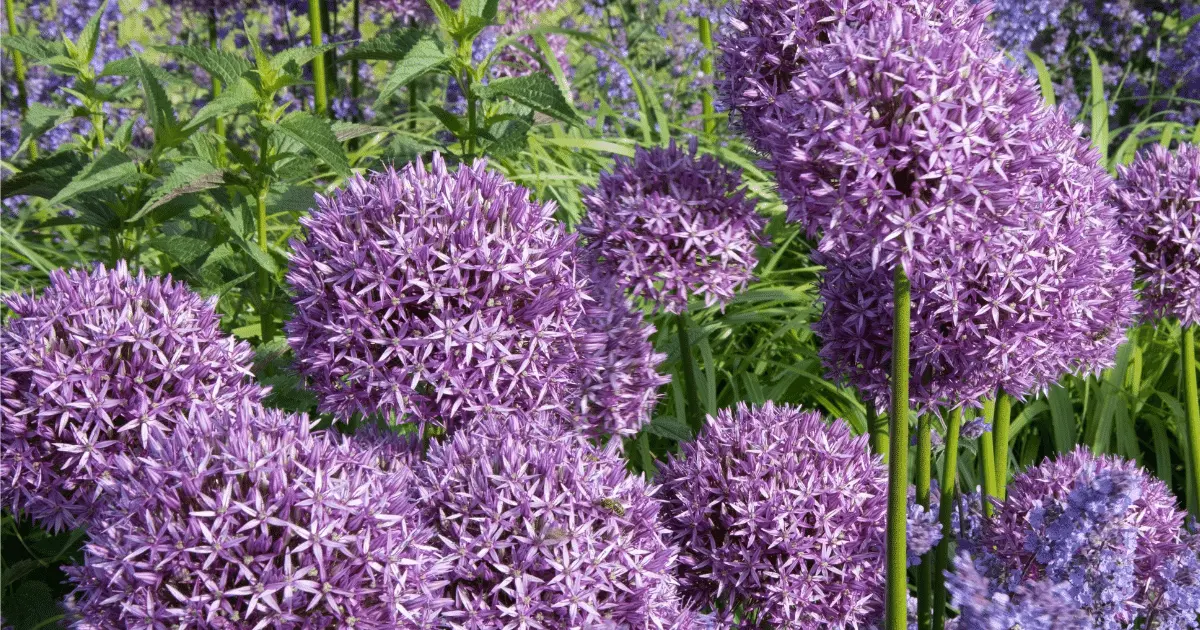
Alliums (Allium) are widely recognized for their antimicrobial activity against various microorganisms. They are also bulbous perennials that live up to four years after planting.
Benefits: The pungent smell of alliums repels slugs, a variety of insects, and rodents like rats and rabbits.
How To Plant: Alliums thrive best in a sunny spot in well-drained soil and are not fussy about soil type. Alliums need to be planted in the fall for spring to bloom. However, alliums must be grown apart from legumes as they may stunt each other’s growth.
13. Yarrow
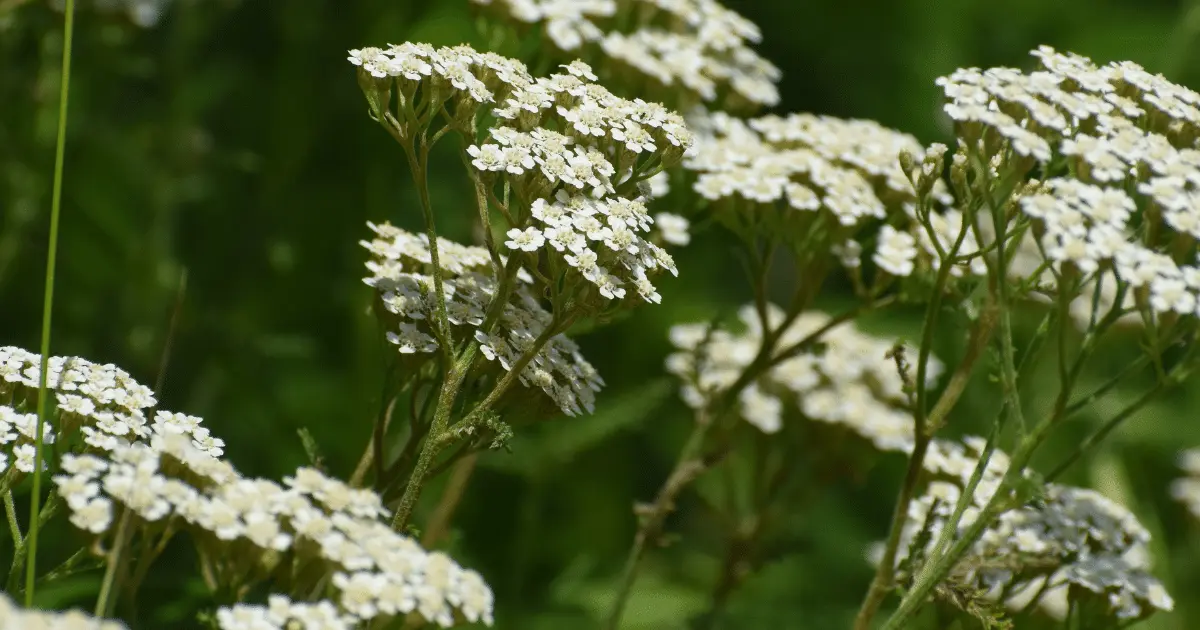
Yarrow (Achillea millefolium) is a hardy perennial that thrives in low-quality soil but will do fine amongst strawberries. Yarrow is also a flowering plant with anti-inflammatory effects that have been studied for wound healing, digestive disorder, skin inflammation, and many more.
Benefits: Attract beneficial predators and pollinator insects. The nectar of yarrow blossoms will attract beneficial predators to the strawberry patch, where they will lay their eggs and get their larvae feeding on thrips and aphids.
How To Plant: Yarrow plant is simple to grow across a diverse range of landscapes, and they can grow up to 4 feet tall when in full bloom and tend to spread 1-2 feet wide. Plant it near the margin of your strawberry bed.
14. Dill
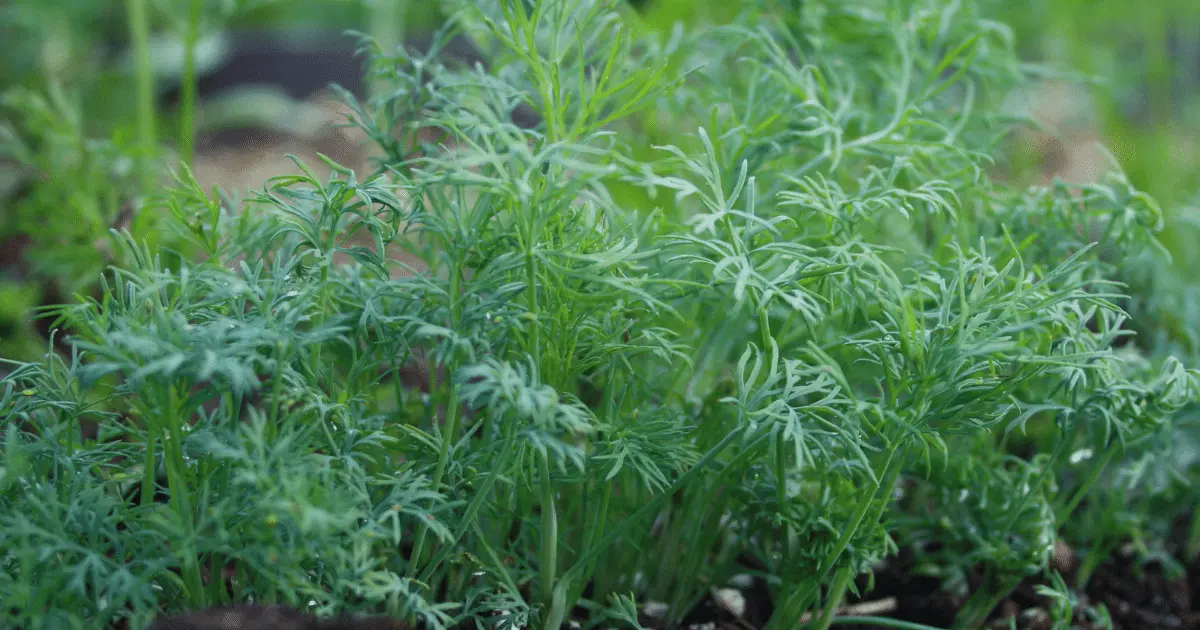
Dill (Anethum graveolens) is not just an aromatic herb with finely divided leaves; it is also a relaxant that increases strength and urination to help remove toxins, excess salts, and water from the body. The vibrant flowers lure predatory insects and pollinators to your strawberries.
Benefits: Attract predatory insects and pollinators. The giant yellow blossoms draw in ladybugs, praying mantis, and wasps that keep the strawberry pests in check.
How To Plant: Dill is an easy-to-grow plant that can easily be integrated into your strawberry beds. Its flower crops grow quite tall; they are slender and likely not to shade out your strawberry crop.
15. Creeping Thyme
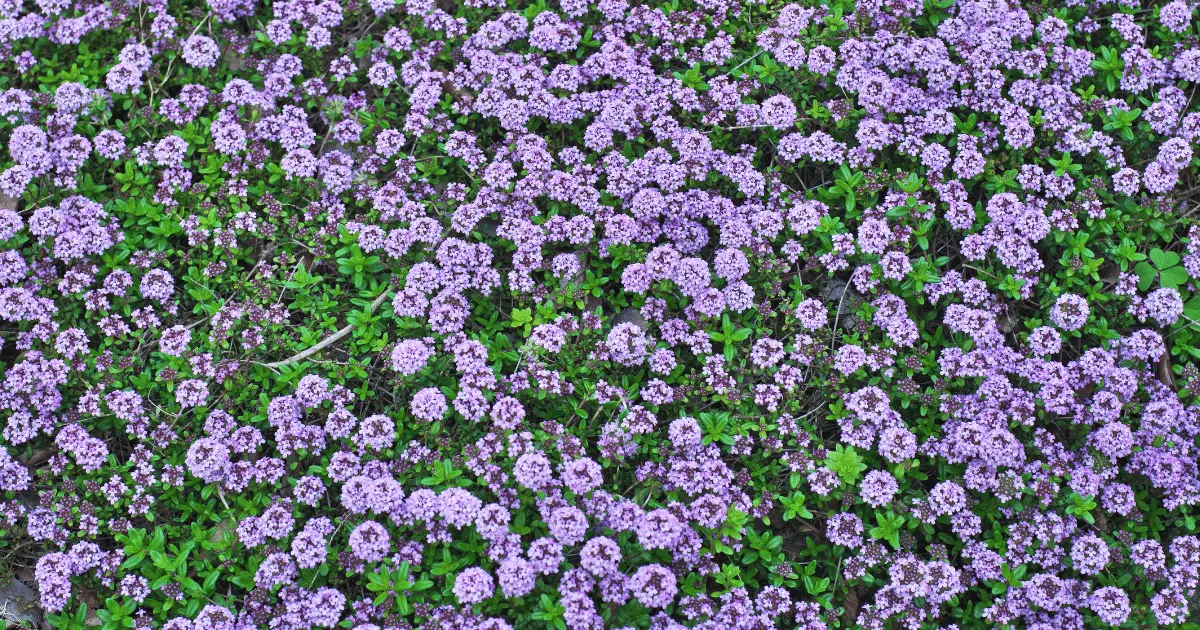
Creeping Thyme (Thymus serpyllum) is an excellent spreading thyme variety. This hardy evergreen perennial has a spicy fragrance and is primarily used as a ground cover. Creeping thyme vines along the soil surface and acts like a weed-suppressing pillow for your strawberries to lay on.
Benefits: Repels pests, retains moisture, suppresses weeds, and keeps strawberry fruits off the soil, so they don’t get rot or eaten by slugs.
How To Plant: Creeping thyme grows to about two to three inches tall and spreads more than a foot across. Transplant creeping thyme every 6″ within your strawberry bed and allow it to form a weed-suppressing mat over the soil surface.
You might want to check out: How to Grow and Care for Creeping Thyme
16. Tulsi
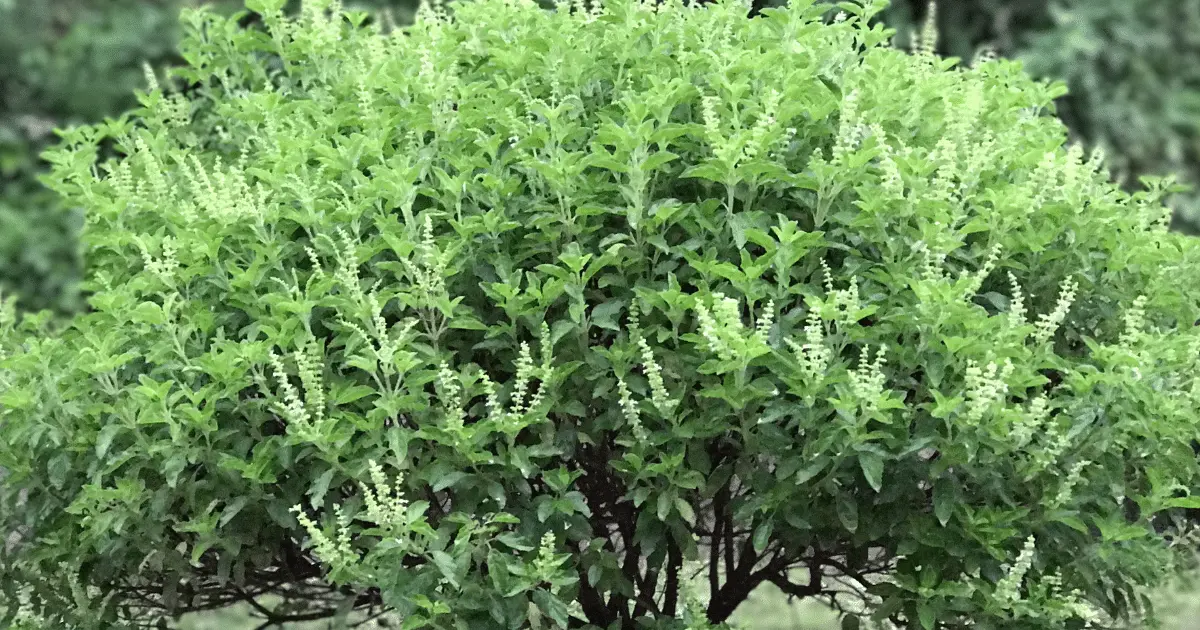
Tulsi (Ocimum tenuiflorum), commonly known as “Holy basil, tulsi, or Tulasi, is an air purifier plant cultivated for religious and traditional medicine purposes. It has hairy green and purple to red leaves with deep veins and a strong scent.
Benefits: Tulsi improves growth, repels plants, and attracts pollinators and beneficial insects.
How To Plant: You can easily transplant tulsi in your strawberry patch without the plant outcompeting your berry plant. Make sure you give the plant about 1-2 feet of space from your strawberry plant.
17. Lemon Balm

Lemon Balm (Melissa officinalis) is an herb belonging to the mint family. It is grown for its scented fragrant leaves and is widely cultivated in temperate climates as a culinary and medicinal herb.
Benefits: The sweet-smelling odor of lemon balm repels gnats, flies, and other pests from strawberries. The plant also attracts many native bees to help in berry pollination.
How To Plant: Avoid planting lemon balm directly in your strawberry beds. Instead, keep it contained in a nearby planter or herbal border.
18. Spinach
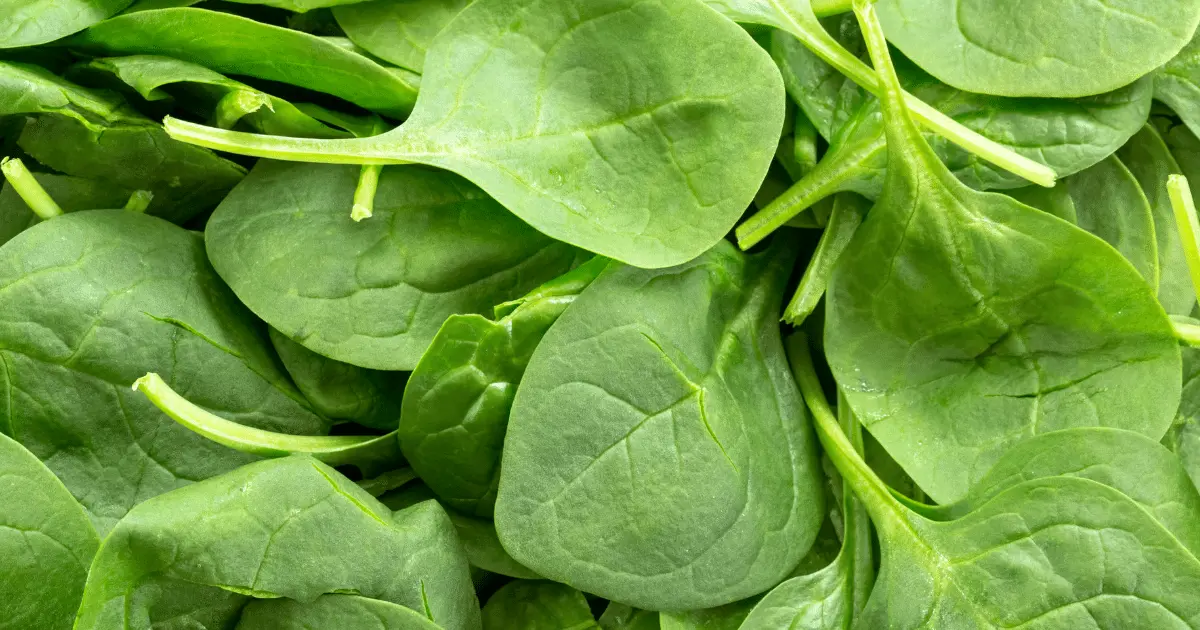
Spinach (Spinacia oleracea) is one of the healthiest green leafy vegetables packed with iron and beneficial phytonutrients. Spinach leaves contain oxalates associated with the formation of kidney stones if consumed excessively over time.
Benefits: Spinach plants leave a substance called “saponin,” which can improve the soil for the strawberries by lessening fungal and bacterial plant disease. Spinach and strawberry roots grow at different depths, so they use nutrients from different soil levels and won’t compete with each other.
How To Plant: Sow spinach seeds in the pot at least 6 inches deep, and plant seeds at a depth of ½ inch with each plant spaced about 3 inches apart.
19. Onions

Onions (Allium cepa) are known for their strong flavor and sharp pungent taste. Onions are low in nutrients but are widely valued for their flavor and used in cooking.
Benefits: Onions have a strong scent that acts as a natural repellant and is an excellent pest deterrent.
How To Plant: Plant onions in loose, fertile soil that can retain moisture without becoming excessively water-logged. They can be direct-sowed as seeds or started indoors and transplanted in late spring with a spacing of every 4 inches.
20. Chives
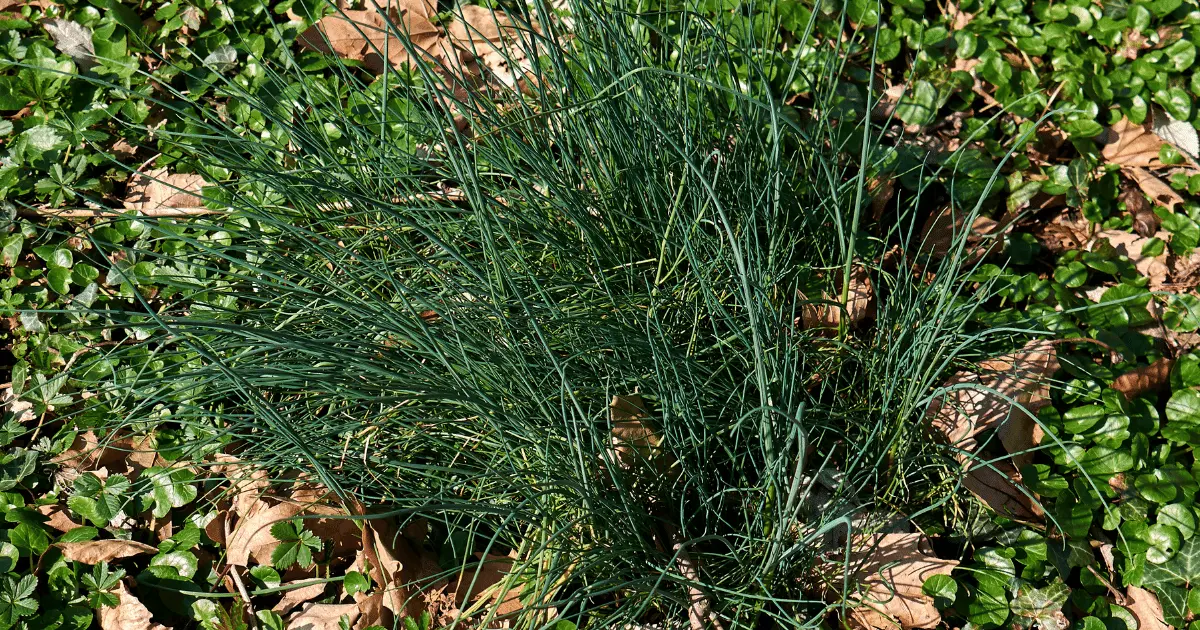
Chives (Allium schoenoprasum) are closely related to onions and are grown as ornamentals for their attractive flowers. They may be propagated by planting seeds but are widely cultivated by dividing the clumps and planting the tiny bulbs.
Benefits: Chives improve your strawberries’ flavor and shield them from unwanted destructive pests.
How To Plant: Give the chives plant a cut and sprinkle the trimmings throughout the strawberry bed while the fruits are developing.
21. Bush Beans
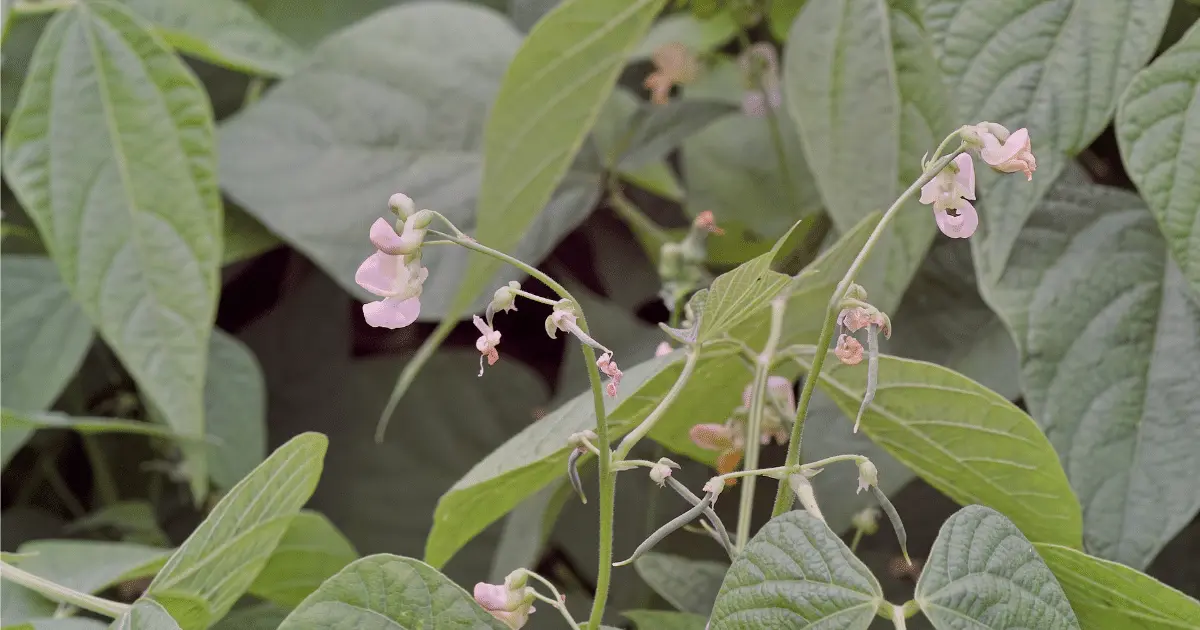
Bush Beans (Phaseolus Vulgaris) are fast and easy to grow, with most varieties growing between 12 to 24 inches. They grow compactly and do not require extra support from a structure like trellis.
Benefits: Bush beans repel garden beetle and other pests that feed on strawberry plants. They also release beneficial nitrogen into the soil, boosting fruit production.
How To Plant: Bush beans and strawberries can grow together in a container if the pots are at least 2 feet deep and 30 inches wide. Both plants can be fertilized with a 10-10-10 fertilizer, especially if the soil is deficient.
22. Mint
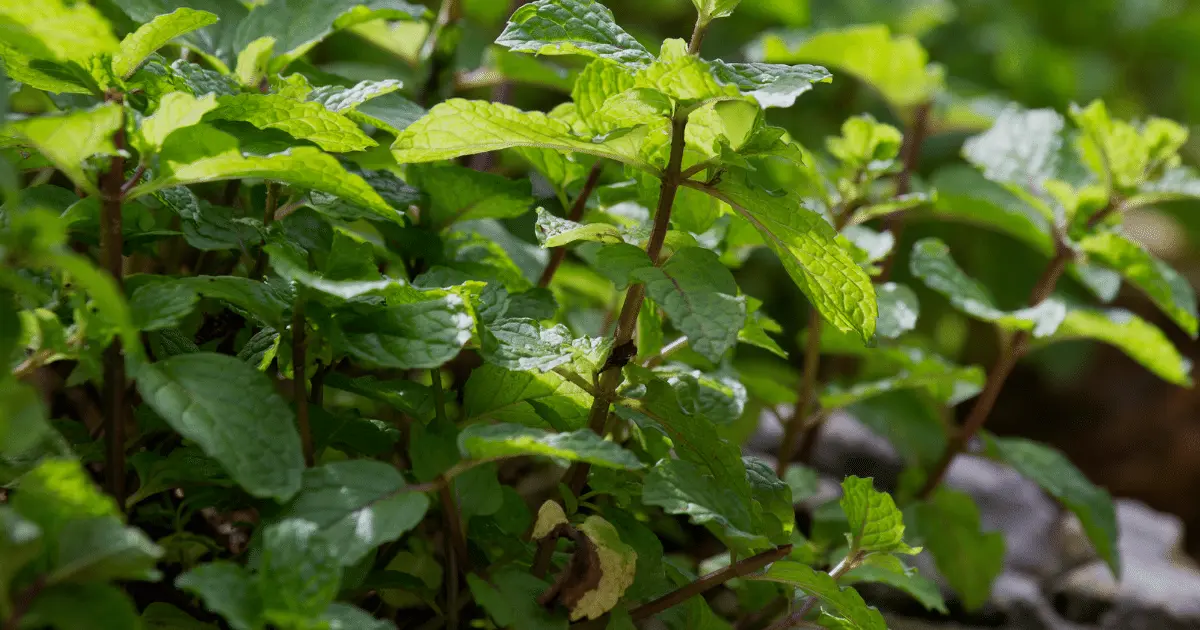
Mint (Mentha) is a leafy plant that’s easy to identify because of its spicy scent. The plant grows quickly and should be planted in the spring after the threat of frost has passed.
Benefits: The strong minty smell of mint helps to repel pests like pesky Lygus bugs, aphids, and mites.
How To Plant: Avoid planting mint in your strawberry bed; instead, consider the plant as a ground cover or border crop. Remember to keep it contained within raised bed or pot for best results.
23. Rhubarb
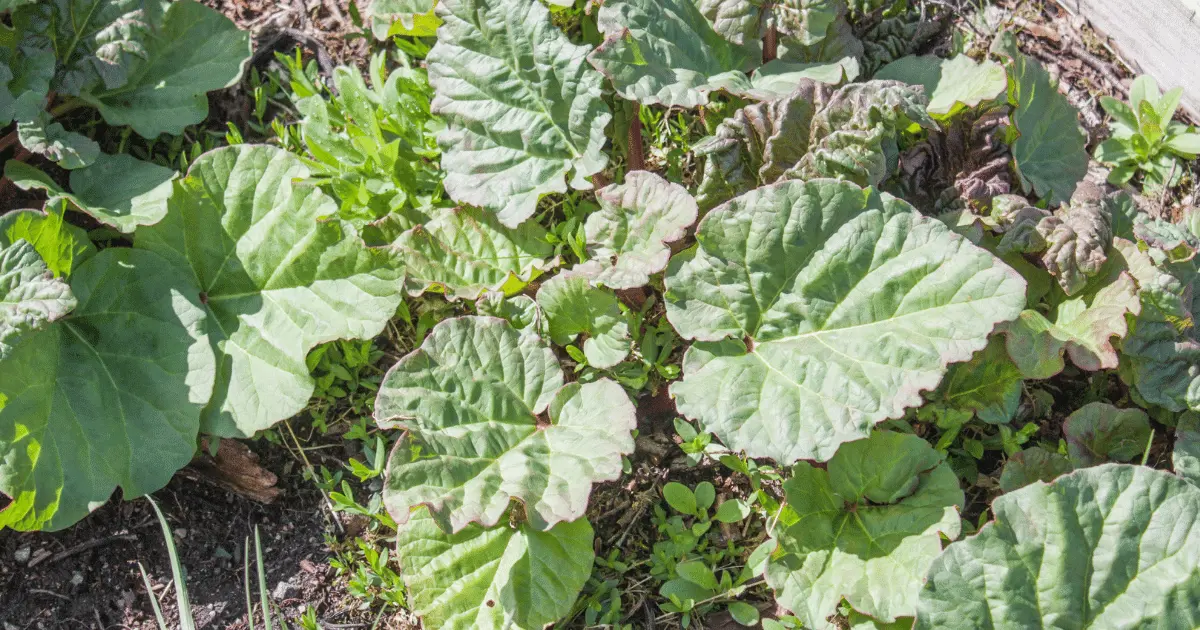
Rhubarb (Rheum rhabarbarum), also called pieplant, is a hardy perennial with tart-flavored ruby or green stems used to make pies, crumbles, jams, and sauces.
Benefits: Rhubarb and strawberries grow well when planted together. Strawberries are low-growing and do not get in the way of rhubarb plants.
How To Plant: Plant rhubarb at the end of your strawberry patch.
24. Asparagus
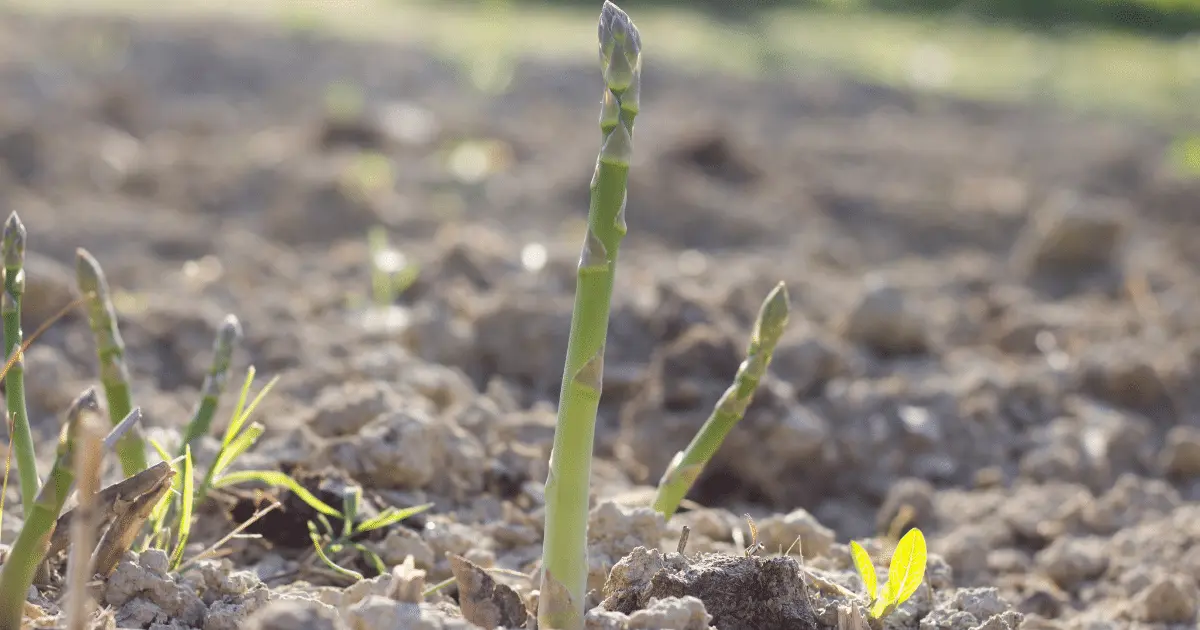
Asparagus (Asparagus officinalis) and strawberries are natural companions. Both plants are early spring crops that will begin to produce after your last frost date.
Benefits: Asparagus and strawberry plants are great companions because they don’t compete with one another and contribute to nutrient return.
How To Plant: Prepare an area 10 feet wide by 20 feet long or around 200 square feet. Then plant the asparagus first and place the strawberry plants between the asparagus in the same rows.
25. Thyme
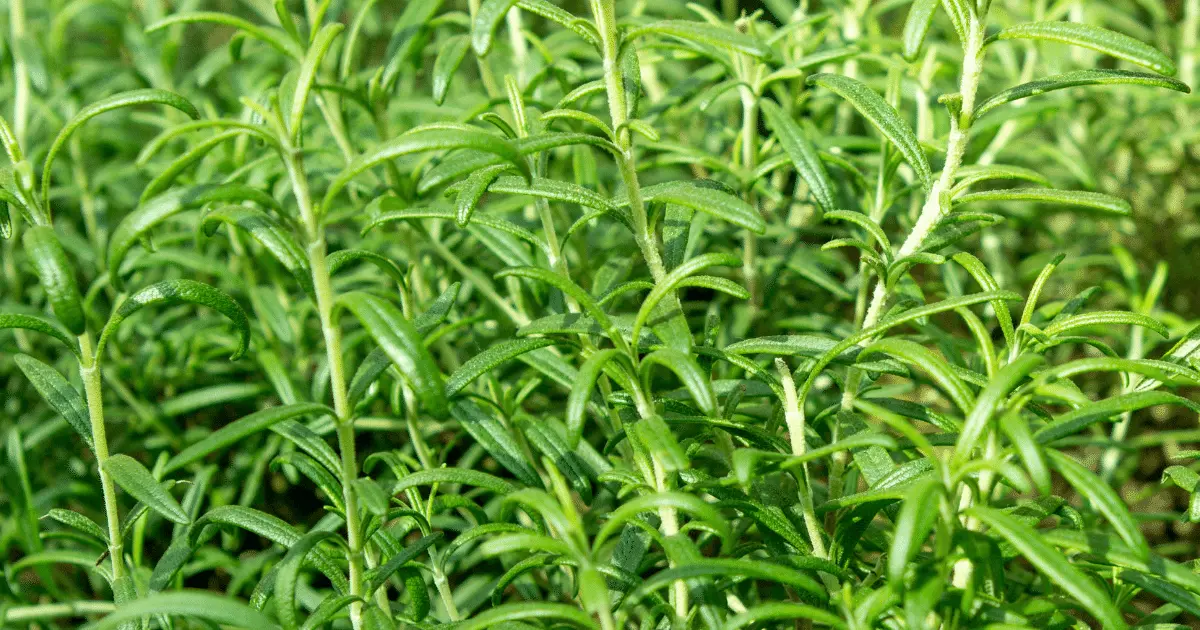
Thyme (Thymus vulgaris) is a pungent herb of the mint family used in cooking. Thyme thrives in full sun and loves heat. The more sun it receives, the stronger the flavor.
Benefits: Thyme attracts hoverflies and other beneficial insects that can attack pests, such as aphids, scales, caterpillars, and thrips.
How To Plant: Thyme should be planted around the border of a strawberry patch to deter worms.
What Not To Plant With Strawberry
Some plants can cause the demise of your strawberry plant if planted as companions. Plants like tomatoes, eggplant, potatoes, melons, peppers, mint, roses, collard greens, kale, cauliflower, kohlrabi, bok choy, and Brussel sprouts can contribute to a disease called “verticillium” in strawberry plants.
